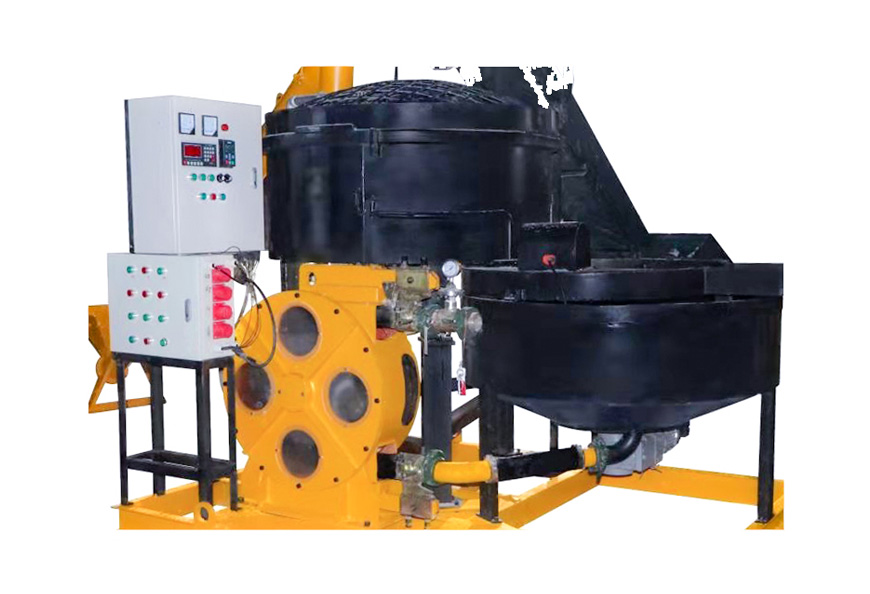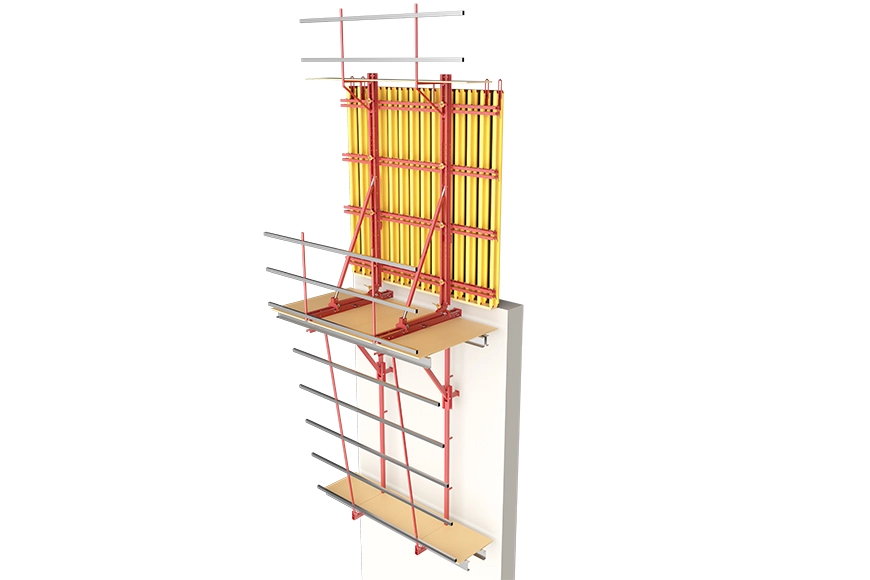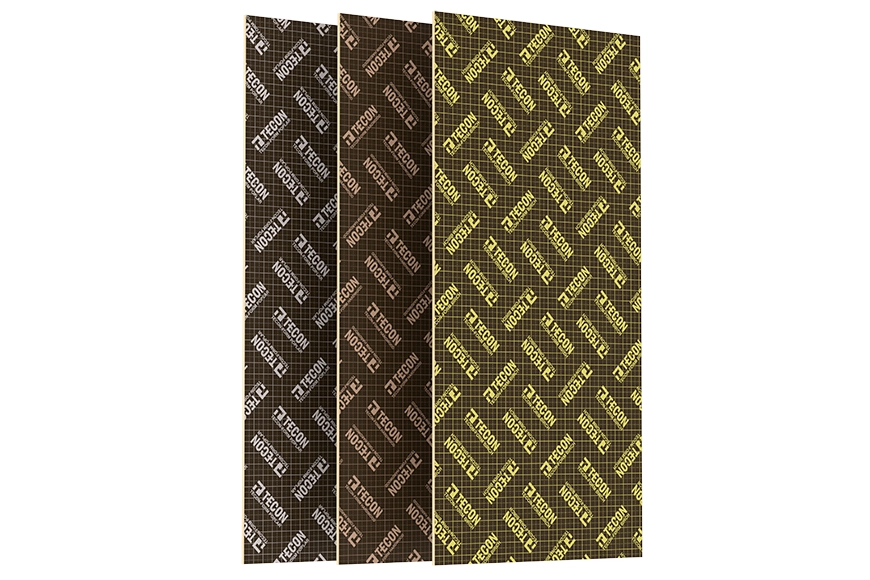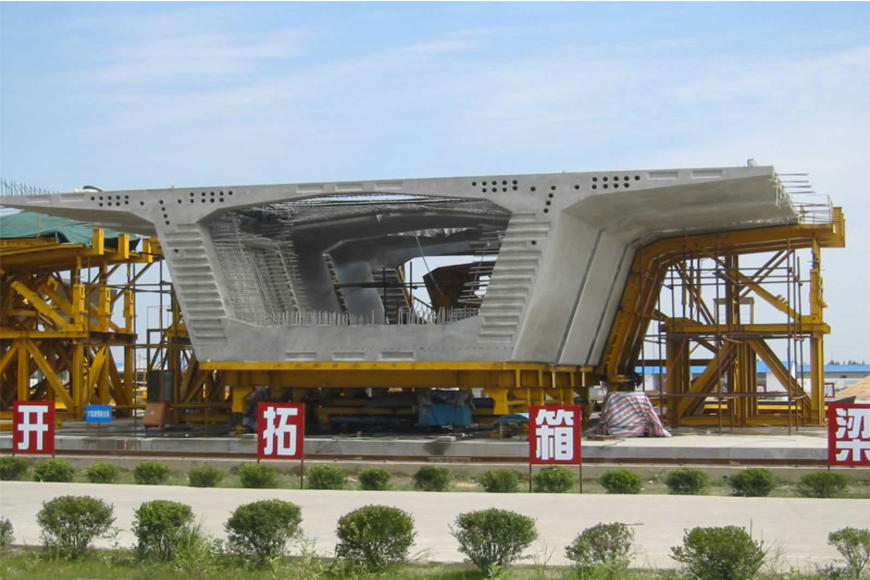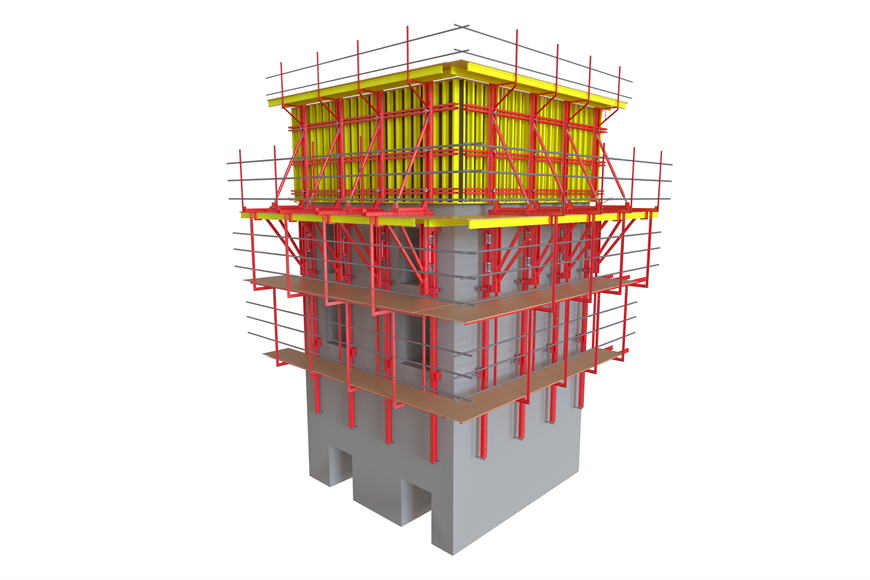Bridge templates are mainly used for structural components of railway and highway bridges with spans between 46-160mm. They are widely used in engineering. It is important for template companies to clarify the precautions, including the types of formworks used in construction, in the design process of bridge templates, which will help improve the overall quality of bridge construction, enhance the application effect of bridge templates, effectively control the accuracy of beam dimensions, and directly affect the project progress.
They should have sufficient strength, stiffness and stability, capable of reliably withstanding all construction loads specified by the template construction code and ensuring that the deformation does not exceed the allowable range.
They should be convenient to install and remove, standardized and serialized as far as possible. For templates with special requirements or complex operation procedures, operating rules should be formulated at the same time.
They should be equipped with complete safety attachments, and the safety facilities and operating environment should meet the job requirements.
Templates, construction plans, operating procedures and others designed by themselves, must be approved by the chief engineer of the organization.
1. Before initial use of each set of templates, they should first be tried out. Uneven parts should be treated with a grinding machine, and local deformations caused by transportation and hoisting should be adjusted.
As a result, the appearance of the adjusted template should meet the following requirements:
The template should be constructed strictly according to the drawings, with accurate processing and close combination.
The welds should be full, firm, with no inclusion, missed weld, weld scar, or other welding quality defects.
The side plates should not warp or deform, with smooth surfaces free from wrinkles.
The joint of the two pieces of bridge templates should be straight, smooth and tight. The pin holes should be aligned and the size should be appropriate.
Templates that have been tested and passed should be numbered, coated with rust-proof agent, and stored properly and covered.
2. The surface of the template should be cleaned and painted before it is erected. The combination of templates should be determined, and the seams of the templates should be tight and flat according to the standing mold line. The screw connection between templates should be full, and jump-hole installation is not allowed. The screw and nut should be of the standard type, and be installed tightly.
3. After the template is assembled, on-site support and cable wind ropes should be installed outside the template to enhance the overall rigidity of the template.
4. After installation, the plane position and verticality of the template should be checked. The measuring personnel should release the column elevation top surface elevation, and report to the supervision engineer for inspection and approval before proceeding to the next construction process. During the construction of piers and bridge templates, attention should be paid to these details, as every small difference can affect the quality of the entire project.
With the professional knowledge of TECON's research and development team from our formwork company, we will provide you with assistance on-site when necessary, and know that our solutions are always cost-effective. You can rest assured that from the first contact to the completion of construction, we are always there to support you. Welcome to inquire.
